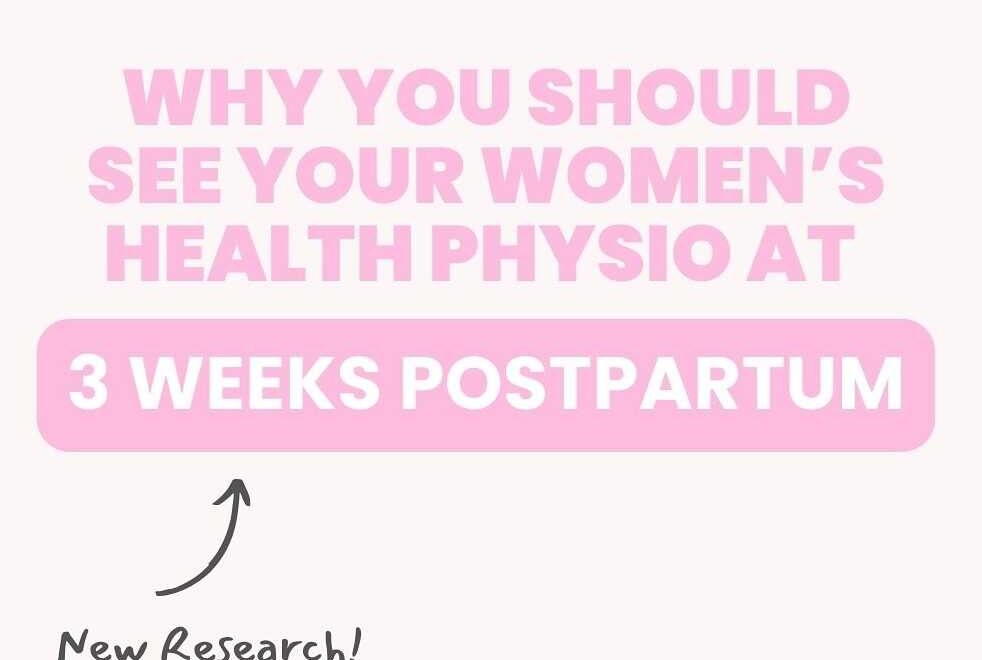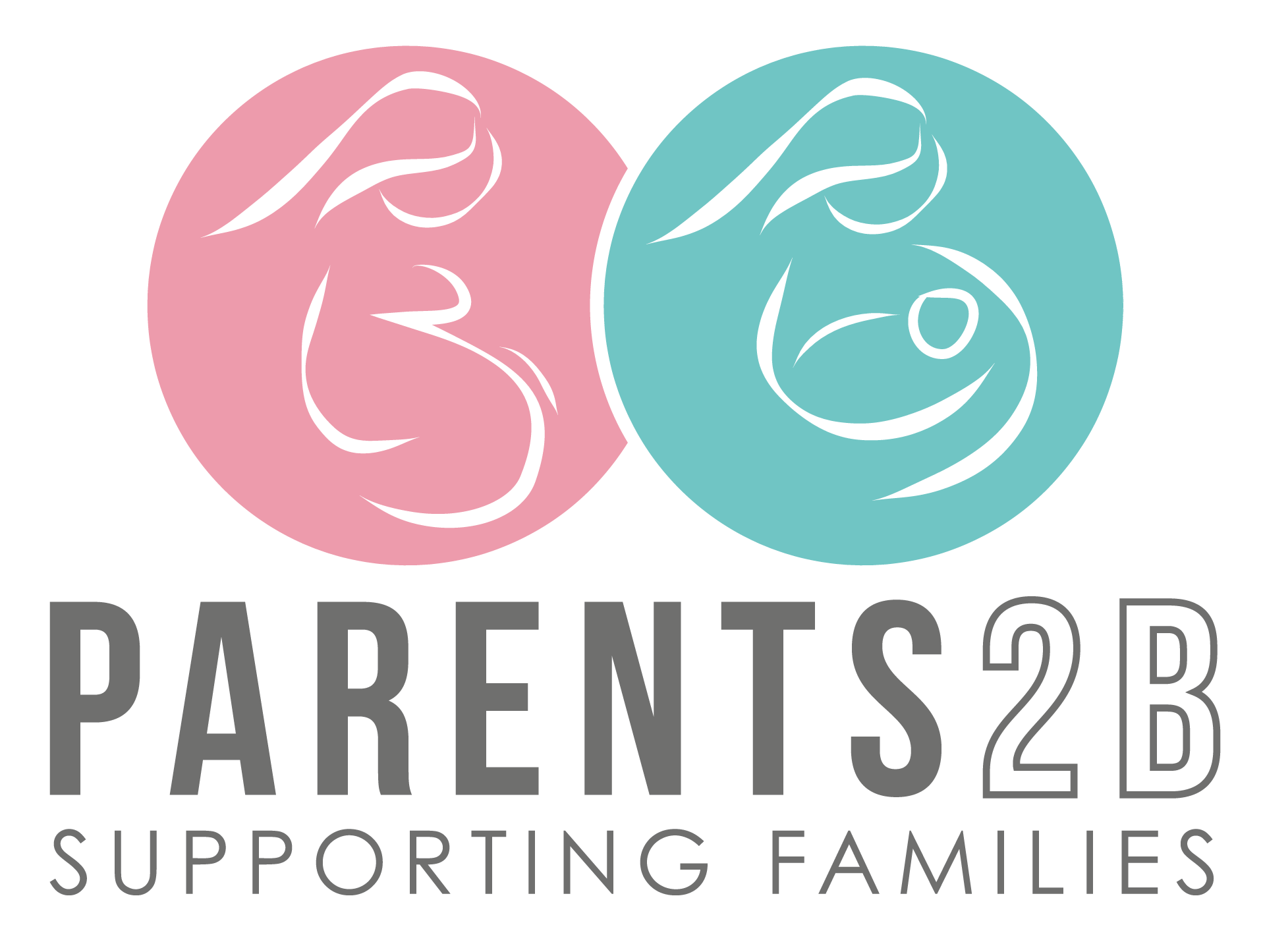
Why you should see your Women’s Health Physiotherapist at 3 & 6 weeks postpartum
Early postpartum is a whirlwind of emotions and excitement. You finally get to meet
the little human you’ve been nurturing for the last 7-9months! It’s a time of
celebration and a time of change as your heart expands to include its newest
addition.
You have just experienced first-hand the changes your body slowly goes through
during pregnancy. Postpartum is a new kettle of fish though – your little one is
earthside, your pelvic organs are more mobile, and your body is healing from the
process of birth. On top of this, you’re attending newborn appointments, learning
how to feed and settle a baby, adjusting to a new sleep schedule (or lack of one),
trying to remember to feed yourself and on top of that you have family and friends
popping in to offer help and congratulations. It’s a lot.
This is where a Women’s Health Physiotherapist can help – we can help direct you
on how to look after you.
Within the first 2 weeks…
If you are acutely sore – in the hips from labour, in the neck/shoulders from
feeding, the wrists from holding and carrying or wherever it may be, a Women’s
Health Physio can help. Women’s Health is technically a specialty area, but we still
undergo all the usual training a general physiotherapist does. Plus, new mum aches
and pains are a common are we see so of course we are trained to help you here as
well. We can provide hands-on techniques to relieve your pain, provide ergonomic
and postural advice and also prescribe specific stretches and movements to help
you manage and recover anything that pops up.
If you have experienced physical birth trauma – such as a high-grade perineal
tear, an emergency caesarean or tailbone injury during birth. We are trained as
physiotherapists to understand the complications that can occur during labour and
delivery, and therefore can help with early management.
Particularly in the case of high-grade perineal tears, the most recent evidence says
that early pelvic floor therapy can significantly reduce your risk of complications such
as pelvic floor muscle dysfunction or bowel problems (such as poor control of the
anal sphincters). We can educate and externally assess you to ensure that you care
completing the correct and most specific exercises to accelerate your healing and
minimise complications. Research has shown that early pelvic floor rehabilitation
significantly reduces women’s risk of gas leakage (49% reduction), stress incontinence
(57% reduction) and faecal incontinence (78% reduction)
1 . Perineal
pain is the most reported bother for postnatal women who have had a high-grade
tear, so early review is important so that we can ensure stitches hare healing well
and begin pelvic floor exercises (which can reduce pain by 58%!) 2 .
At 3 weeks – the First Check!
We now recommend women book their first postnatal review at 3 weeks postnatal
due to research now supporting earlier return to function and exercise within the first
6 weeks 3 4 . We want all mums to feel like they can return to being active safely and
as soon as possible, regardless of delivery type (vaginal or caesarean).
At your 3-week review, your Women’s Health Physio will typically talk with you about
your delivery, address any complications, bladder or bowel concerns and ensure that
you are starting to get comfortable with walking and new-mum activities.
We will want to assess you for abdominal muscle separation (DRAM) and discuss
options for abdominal wall support. Many hospitals prescribe tubigrip as a form of
gentle abdominal wall compression, but this will only provide a 7% reduction in
abdominal wall separation at rest 5 . We can use your abdominal wall assessment to
identify the right level of compression for you. On top of this, we can prescribe
specific abdominal wall exercises to improve your rate of recovery. The idea of
avoiding abdominal exercises after you give birth has now been thrown out.
Abdominal crunch exercises can help to reduce abdominal wall separation by
19% 5 . A combination of both early abdominal exercise and bracing/compression
within the first 6 weeks postnatally was shown to greatly reduce abdominal
separation and improve abdominal muscle strength 6 . If you have had a caesarean
delivery, we still want to prescribe abdominal exercises! We will check your scar
healing and ensure the prescribed exercises do not cause any pulling or tugging on
the tissue.
We can also include an external assessment of the perineum to check on healing
(for our post-vaginal delivery ladies) and ensure you are able to contract your pelvic
floor muscles correctly. We avoid internal assessment for women post-vaginal
delivery until 6 weeks to allow for healing of the vaginal tissue and perineum.
By 6 weeks – the Full Check!
If you were able to make it in for the 3-week review, great! We use this appointment
to check in with how you are going, re-check your abdominals, review your exercise
program and complete your pelvic floor check (more on this soon).
If you haven’t been able to get in until now, don’t worry! We understand how busy the
postnatal period is, and we will start you off with a recovery plan that matches your
current level and fits within whatever timeframe you need.
The full check is comprised of:
Talking about your birth and delivery
Addressing any concerns with your current level of recovery
Screening you for pelvic floor for bladder, bowel, and sexual function
problems
Abdominal wall assessment for DRAM
Internal vaginal examination (with consent) – click here to see what this
involves!
Postnatal-specific home exercises to accelerate your recovery.
A note on bringing your newborn to your appointments….
ABSOLUTELY!
We are so excited to meet your little one! And we are not fussed when it comes to
working around their needs during the appointment time. We typically book all new
postnatal appointments for a full hour.
We are also very happy for you to feed your baby during our initial chat at the start of
the session (or we can switch up the order of things depending on bub). If you would
like to bring your partner or a family member along to look after your baby that is also
more than okay.
If you have other children who are coming along to the appointment, we can
accommodate for them as well. Especially if you are wanting to work on home
exercises, having your kids come along can be a great way for us to find out what
exercises you can do with your kids.
We are here for you…
Whatever state or stage of recovery you are in, we want to provide a personalised
recovery plan that works for you. It’s never too late to prioritise your own healing, and
we are always ready to help you find your way.
If you have any specific questions, or you want more information please reach out to
us – by phone (0400 573 457) or by email at admin@femalephysioco.com.
Written by a Women’s Health Physio, Liz Johnson
Female Physio Co Robina
1. Mathé, M., Valancogne, G., Atallah, A., Sciard, C., Doret, M., Gaucherand, P.,
& Beaufils, E. (2016). Early pelvic floor muscle training after obstetrical anal
sphincter injuries for the reduction of anal incontinence. European journal of
obstetrics, gynecology, and reproductive biology, 199, 201–206.
2. Von Bargen, E., Haviland, M. J., Chang, O. H., McKinney, J., Hacker, M. R., &
Elkadry, E. (2021). Evaluation of Postpartum Pelvic Floor Physical Therapy on
Obstetrical Anal Sphincter Injury: A Randomized Controlled Trial. Female
pelvic medicine & reconstructive surgery, 27(5), 315–321.
3. Tennfjord, M. K., Engh, M. E., & Bø, K. (2020). The Influence of Early
Exercise Postpartum on Pelvic Floor Muscle Function and Prevalence of
Pelvic Floor Dysfunction 12 Months Postpartum. Physical therapy, 100(9),
1681–1689.
4. Nygaard, I. E., Wolpern, A., Bardsley, T., Egger, M. J., & Shaw, J. M. (2021).
Early postpartum physical activity and pelvic floor support and symptoms 1
year postpartum. American journal of obstetrics and gynecology, 224(2),
193.e1–193.e19.
5. Depledge, J., McNair, P., & Ellis, R. (2021). Exercises, Tubigrip and taping:
can they reduce rectus abdominis diastasis measured three weeks post-
partum?. Musculoskeletal science & practice, 53, 102381.
6. Keshwani, N., Mathur, S., & McLean, L. (2021). The impact of exercise
therapy and abdominal binding in the management of diastasis recti
abdominis in the early post-partum period: a pilot randomized controlled
trial. Physiotherapy theory and practice, 37(9), 1018–1033.
* The information contained in this website is for general information purposes only. The information is provided by Parents2b and while we endeavour to keep the information up to date and correct, we make no representations or warranties of any kind, express or implied, about the completeness, accuracy, reliability, suitability or availability with respect to the website or the information, products, services, or related graphics contained on the website for any purpose. Any reliance you place on such information is therefore strictly at your own risk.


0 comments
Write a comment